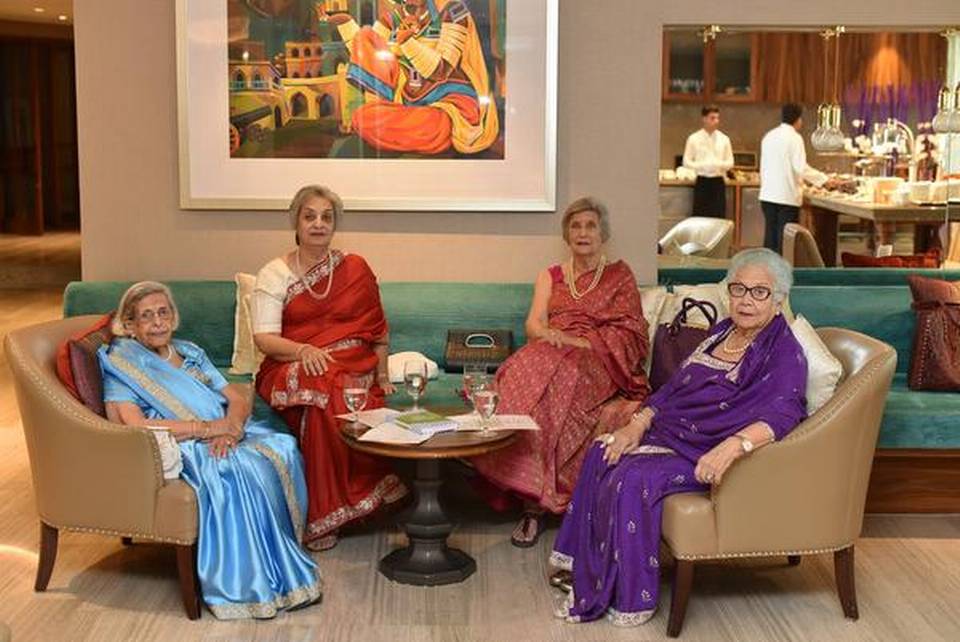
Here comes the gourmet granny
‘Granny Sathe Jamwanu’ is a Parsi feast not to be missed. Recipes are linked complements of this ParsiCuisine.com site.

Of the five ladies, 93-year-old Perin B Dittia is the eldest. She is dressed in a blue sari, her pearl necklace has blue stones to match her sari and a white-dotted blue hair-band keeps her silky hair in place. Perin is more than excited to be a part of the celebrations. She loves to cook, loves to discuss recipes and equally loves to eat. “We are hearty eaters and eat a lot of non-veg food. The food for the fest is a collection of home recipes from us,” she says.

Talking about the women’s love for cooking, Perin says the ladies of the Parsi community or the Parsi Stree Mandal in Hyderabad used to have cooking classes for the people of the community.
“We used to conduct cooking classes and also invite others to come to our classes and teach different dishes. Finally, we put all the recipes together and brought out a cookbook. It is a collection of all the recipes that we tried in the cooking classes,” says Perin.
What is that one dish or ingredient that most Parsi food fests in hotels ignore? “Egg on potato or the Papeta par eda or tomato par eda (tomato on egg). These are layered dishes especially the tomato par eda,” says Zarin K Pestonji.
For Navroz, if you think Parsi women spend time slogging it out in the kitchen at home, you are mistaken. “Navroz is about celebrating with the community. So after our prayers, we usually go out or hangout with friends or most of us help the women in the kitchen. This is for those who decide to cook or invite guests for the feast at night. Otherwise, we all gather in our community hall for traditional food,” says Mahir Dittia, Perin’s grandson who’s also the assistant food and beverage manager at ITC Kohenur.
While these ladies might not be involved in the daily meal at home, when there is a party or a dinner, “We decide what goes into the menu, especially if Parsi food is being cooked. We love cooking and will not appreciate if any food with wrong taste goes to the plate of our guests,” says Khoty S Chenai.

It is the masalas that make Parsi food stand out from the rest, points out Perin. “We either make it at home ourselves or get it especially from Parsi shops in Mumbai. Our food isn’t oily and we like it a bit sweet and sour and no one makes better food than Perin,” chips in Zarin Pestonjee.
At the Kohenur kitchen, the ladies, including Perviz Bhote, who took turns to supervise the recipe processes and mixing of ingredients. Perin might walk with a bit of a hunch, but when she enters the kitchen, the chefs look as nervous as students in front of a strict teacher. “She is a patient teacher,” the chefs say. Finally, when the food was served it reflected the ‘magic touch of experts.’ The marga farch (crumb fried crispy chicken with bone) and patrani macchi were just the beginning of a fabulous meal.
Just before we proceeded to feast, Perin tells me, “Don’t ask a Parsi for Dhansak all the time. A plain dhansak is not made on auspicious occasions. It is made on the fourth day of a funeral.”
Article from TheHindu.com
